Edit: The 12 Days of ChristMASS competition is over. Thanks for reading and be on the lookout for any future competitions.
This is part two of a three part article. Read part one first if you haven't already. The information gained from part one will be needed to understand this article.
Block Periodization
Linear and block periodization have many similarities due to the fact that it was developed to address some of the shortcomings of linear periodization. The first difference you will likely notice is that in block periodization, training is divided into three distinct mesocycles or blocks, whereas in linear, there isn't necessarily a definitive stop and start between mesocycles.
Accumulation Block
The accumulation block is the first block and is used to accumulate volume and is intended to increase muscle mass and work capacity. Intensity is kept moderate for this block. The easiest way to describe this is by showing you an example but remember this is just one example. This method could be tweaked any number of ways. In this example, we will look at a seven week accumulation block.
- Week 1 starts with a two session per body part, per week frequency, performing 40 reps per body part in each session for a total of 80 reps.
- For the next three weeks, add 10 reps per body part, per week so that on week 4, you are performing 70 reps per body part per session. This will be a total of 140 reps per body part, per week.
- On week 5, increase the frequency to three sessions per body part, per week and drop the reps down to 50 reps per session. 50 reps x 3 sessions/week = 150 reps/week, which is still higher than the 140 reps from the week before.
- On week 6 and 7, increase by 5 reps per body part, per session so that at the end of week 7 you are performing 60 reps per body part, per session for a total of 180 reps per week.
- Note: If your goal is strength, perform 2/3 - 3/4 of your volume in the 4-6 rep range and the remainder in the 8-12 rep range. If your goal is hypertrophy (size), perform 2/3 - 3/4 of your volume in the 8-12 rep range and the remainder in the 12-15 rep range. Do not train to failure. Make sure you have 1-2 reps left in the tank at the end of each set to ensure you can recover for the following sets. Only increase intensity during this block if it doesn't put you near failure.
Intensification Block
The intensification block follows the accumulation block and as you might have guessed, focuses on increasing intensity (weight). The muscle gained in the previous block will allow us to lift heavier weights and the increased work capacity will ensure we recover between sets. Volume is lower than in the previous block and intensity will reach near maximum, 9-9.5's on the RPE scale below. This block will last four weeks.
- On weeks 1 and 2, decrease the number of reps from 60 to 45 per body part, per session.
- On weeks 3 and 4 perform the same number of reps but decrease the frequency from three to two sessions per body part, per week.
- If your goal is strength, perform 2/3 - 3/4 of your volume in the 2-5 rep range and the remainder in the 6-10 rep range. If your goal is hypertrophy (size), perform 2/3 - 3/4 of your volume in the 4-5 rep range and the remainder in the 12-15 rep range.
- Intensity will increase linearly while the volume decreases linearly throughout the course of this block. (This should be a hint that the three periodization models are not mutually exclusive. In fact, the best programs will typically contain elements from all three.)
Rate of Perceived Exertion
Eric Helms Andy Morgan, and Andrea Valdez
The Muscle and Strength Pyramid Training
Realization block
The realization block is last and is used to test or realize our improved fitness in week 2 by letting the fatigue accumulated throughout the previous two blocks dissipate in week 1. (The fitness-fatigue model is covered in the volume article.) In order to do this we will decrease both intensity and volume. This is known as a taper or deload. (We will discuss these terms further in a future article.) This block will last two weeks.
- In week 1, decrease reps to 40 per body part per session and intensity so that RPE is at 6-8.
- For week 2, perform an AMRAP (as many reps as possible) set on each main lift if your goal is hypertrophy. If your goal is strength, test your one-rep max on each main lift. Reduce the volume on accessory/secondary by about half.
While this periodization model may seem a bit more complex than linear periodization at first, it will almost always outperform a standard linear model if done correctly. Notice I said standard linear model because a block periodized program can be (and often is) linear. In the last article of the periodization series, we will discuss daily undulating periodization or DUP.
Thanks for reading! At the end of the 12 days of ChristMASS, I am giving away a $100 Amazon gift card! There are multiple ways to enter. The following things will give you one entry each:
- Like the Treadaway Training Faceboook page.
- Share the Treadaway Training Facebook post containing any 12 days of ChristMASS article.
- Like any 12 days of ChristMASS post on Facebook.
- Tag 3 people on any 12 days of ChristMASS Facebook post.
- Repost any 12 days of ChristMASS intagram post (and tag me so I can see it).
This gives you 5 possible entries each day with 1 additional entry for liking the Facebook Page. God Bless and I'll see you tomorrow for the 12 Days of ChristMASS Day 6!



